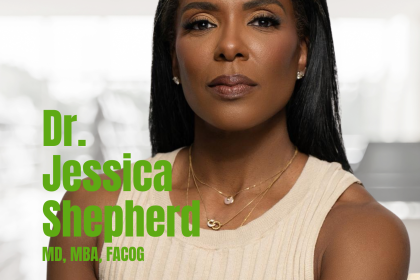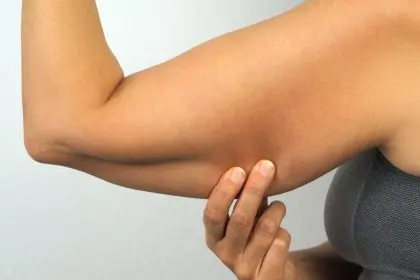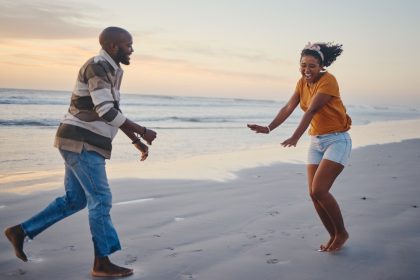
As our parents get older and enter their 60s and 70s, their health becomes more of a concern. Encouraging your aging loved ones to exercise can be easy if you understand the risks and benefits. According to the Centers for Disease Control and Prevention “older adults can obtain significant health benefits with a moderate amount of physical activity, preferably daily.” So despite their age, all indicators point to the importance of engaging in regular exercise.
I’ve identified five important considerations in exercise training for older adults. The following undesirable processes can be dramatically reduced and slowed with an increase in physical activity.
1. Many changes in height, weight, and body composition occur with aging: Fat-free mass in the form of muscle decreases, and body fat percentage increases and becomes more concentrated in the mid-section of the body. Three other major concerns are:
* Osteopenia –- a reduction in bone mineral density
* Osteoporosis — severe loss of bone mass
* Sarcopenia — the loss of muscle mass associated with the aging process2. Strength and neuromuscular function decrease steadily with aging: Maximal strength and muscle mass both decline, while nervous system response to stimuli is slowed. There is an increase in type I muscle fibers, and a loss of type II fibers. However, strength-training can maintain or increase muscle in both older men and women.
3. Cardiovascular and respiratory function decline with aging: Peripheral blood flow decreases with aging, particularly to the legs. Cardiovascular deconditioning also occurs as a result of decreased activity. Additionally, endothelial dysfunction contributes to reduced blood flow to the muscles, and prevents vasodilation from occurring in the blood vessels. Forced expiratory volume in 1 s (FEV1), vital capacity and max expiratory ventilation also decrease with age. These are the factors that determine how much air can be cycled through the lungs with each breath. However, with regular exercise many of the vascular changes that reduce performance in aging adults can be slowed.
4. Aerobic and anaerobic ability are both reduced with aging: VO2 max and maximum heart rate both decrease, and lactate threshold can be adversely affected. The authors of Physiology of Sport and Exercise state that “Athletes who continue to train have significantly smaller decreases in VO2 max as they age, particularly if they train at a high intensity.”
5. For older adults, sensitivity to environmental stress becomes harder to tolerate during exercising: Exposure to heat, cold, and altitude are more dangerous for the elderly when engaging in physical activity. In order for the aging to prevent injury and maintain an active lifestyle, it is important to be mindful of these special concerns.
Aging adults can achieve similar benefits from exercise as young and middle-aged adults. Older people can lose body fat, increase strength and improve endurance. By remaining active, elderly subjects can slow the natural deterioration process that occurs in physiological functioning.
Do what you can to help your loved ones be healthy.
Wishing you health and happiness,
HLJ
Holly Lowe Jones is a media professional, certified fitness and nutrition expert, and personal trainer (ISSA). A member of the National Association for Health and Fitness, Jones is also a seasoned triathlete who competes in her spare time.
For more information, please visit her website www.hollylowejones.com.
Facebook: www.facebook.com/hollylowejones
Instagram and Twitter: HollyLoweJones
















